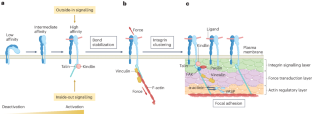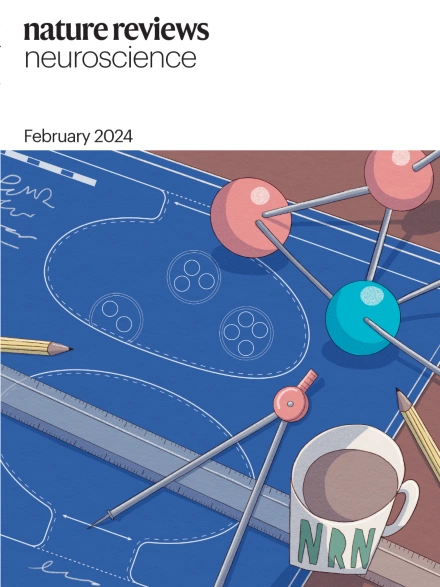Integrin signalling in joint development, homeostasis and osteoarthritis
IF 29.4
1区 医学
Q1 RHEUMATOLOGY
引用次数: 0
Abstract
Integrins are key regulators of cell–matrix interactions during joint development and joint tissue homeostasis, as well as in the development of osteoarthritis (OA). The signalling cascades initiated by the interactions of integrins with a complex network of extracellular matrix (ECM) components and intracellular adaptor proteins orchestrate cellular responses necessary for maintaining joint tissue integrity. Dysregulated integrin signalling, triggered by matrix degradation products such as matrikines, disrupts this delicate balance, tipping the scales towards an environment conducive to OA pathogenesis. The interplay between integrin signalling and growth factor pathways further underscores the multifaceted nature of OA. Moreover, emerging insights into the role of endocytic trafficking in regulating integrin signalling add a new layer of complexity to the understanding of OA development. To harness the therapeutic potential of targeting integrins for mitigation of OA, comprehensive understanding of their molecular mechanisms across joint tissues is imperative. Ultimately, deciphering the complexities of integrin signalling will advance the ability to treat OA and alleviate its global burden. Integrins are involved in joint tissue development and homeostasis, and perturbations in the availability of integrin ligands or in downstream integrin signalling are linked to the pathogenesis of osteoarthritis (OA). This Review discusses current evidence and future perspectives for therapeutically targeting integrins in OA.


关节发育、稳态和骨关节炎中的整合素信号传递
整合素是关节发育、关节组织稳态以及骨关节炎(OA)发生过程中细胞与基质相互作用的关键调节因子。整合素与细胞外基质(ECM)成分和细胞内适配蛋白组成的复杂网络相互作用所启动的信号级联协调了维持关节组织完整性所必需的细胞反应。由基质降解产物(如 matrikines)引发的整合素信号失调会破坏这种微妙的平衡,使天平向有利于 OA 发病的环境倾斜。整合素信号和生长因子通路之间的相互作用进一步凸显了 OA 的多面性。此外,关于内细胞转运在调节整合素信号传导中的作用的新见解为人们了解 OA 的发展增加了一层新的复杂性。要利用靶向整合素的治疗潜力缓解 OA,就必须全面了解整合素在关节组织中的分子机制。最终,破译整合素信号的复杂性将提高治疗 OA 的能力并减轻其全球负担。
本文章由计算机程序翻译,如有差异,请以英文原文为准。
求助全文
约1分钟内获得全文
求助全文
来源期刊

Nature Reviews Rheumatology
医学-风湿病学
CiteScore
29.90
自引率
0.90%
发文量
137
审稿时长
6-12 weeks
期刊介绍:
Nature Reviews Rheumatology is part of the Nature Reviews portfolio of journals. The journal scope covers the entire spectrum of rheumatology research. We ensure that our articles are accessible to the widest possible audience.
 求助内容:
求助内容: 应助结果提醒方式:
应助结果提醒方式:


